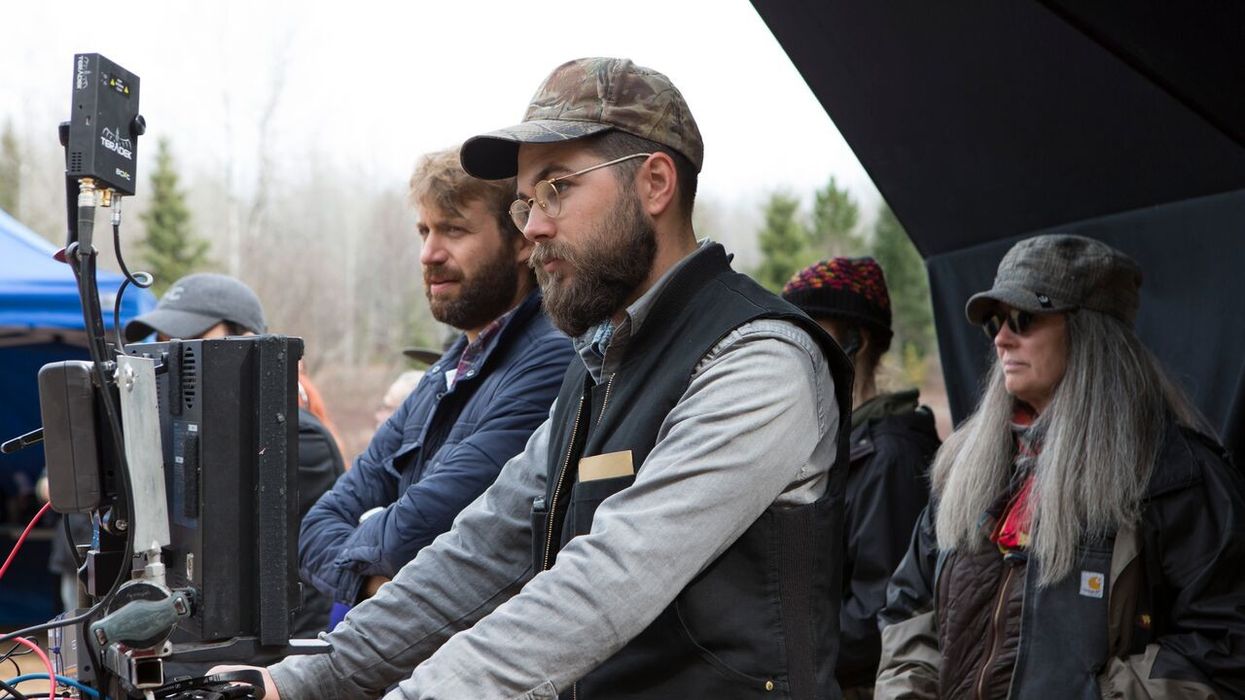This Is Why Robert Eggers "Can’t Stand" Watching One of His Own Movies
Robert Eggers proves he is just like us by being extremely self-critical of his work.

With The Northman's debut just on the horizon and already receiving critical acclaim, we decided to look at Robert Eggers. He is a director who seems to be an unstoppable force in the world of filmmaking. His two other films, The Witchand The Lighthouse, also received praise from critics, fans, and filmmakers alike. But Eggers can’t stand to rewatch one of these films.
In an interview with The Guardian, Eggers revealed that he “can’t stand watching The Witch now.”
The Witch was Eggers’ feature debut, kicking off the folk-horror renaissance back at the Sundance Film Festival in 2015, and it introduced the world to Anya Taylor-Joy. A24 picked up the film, and The Witch quickly became the production company’s most successful film, grossing more than $40 million worldwide off a $4 million budget.
So why does Eggers refuse to return to his successful debut?
“It’s not that it’s bad, and the performances are great, but I was not skilled enough as a filmmaker to get what was in my brain onto the screen,” Eggers said.
Eggers’ perspective is understandable from a creative standpoint. Translating your ideas into film is a difficult task that takes a toll on the creative minds behind the project. It can be frustrating to know what you want, but not have the skills or tools to bring that idea to fruition.
According to the director, with The Lighthouse hewas able to bring his vision to life, but Eggers still isn't completely satisfied.
“In The Lighthouse, I was able to do that, and The Northman, I’m proud of the movie, but not everything is quite what I hoped it would be. So I would like to do something with the scope and scale that I can actually get what’s in my imagination onto the screen,” Eggers said.
Unlike his first two films, The Northman was Eggers’ first time doing audience test screenings for a studio film, which gave the director a new perspective on his work.
“My first two films were all tested for marketing, but I didn’t have to change anything. So this was new, and as much as I didn’t like that process, I did learn something from it,” Eggers said. “But more than that, this is the film I wanted to make. This is my director’s cut. The studio pressure made the film what I originally pitched to them, which was the most entertaining Robert Eggers movie I could make. Honestly, without their pressure, I couldn’t have done that. It’s hard for me to tell a story with a beginning, a middle, and an end, for goodness’s sake.”
Eggers hopes to return to his roots of small genre stories after learning a great deal from the big-budget The Northman.You can watch The Northman in theaters on April 22.
What do you think of Robert Eggers’ The Witch? Let us know in the comments!
Source: The Guardian











